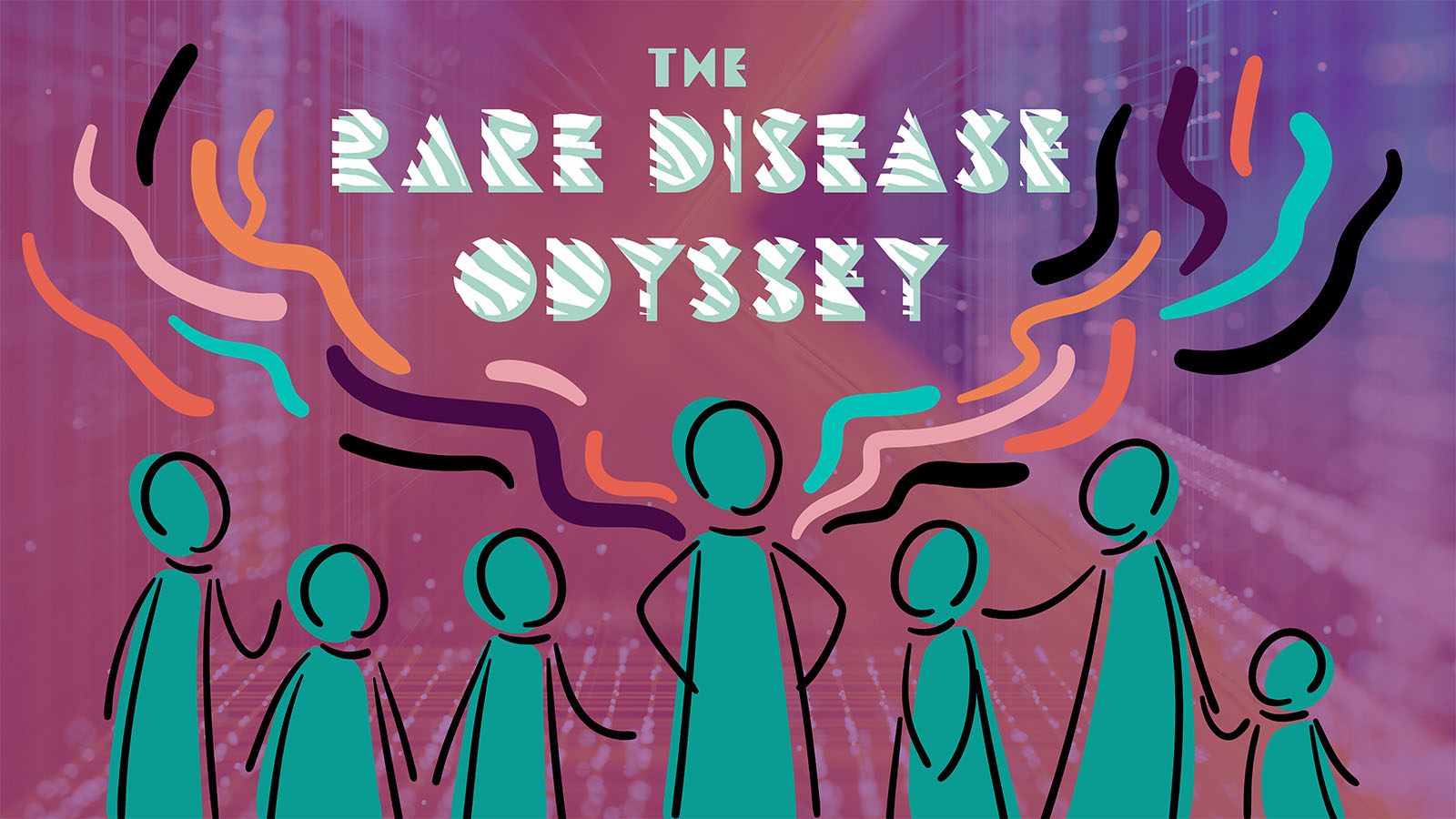
The word "odyssey" evokes periods of long toil and hardship. It implies a journey into the unknown where the traveler may lose everything in the process.
This definition aptly describes the rare disease odyssey, a phrase coined by families and medical professionals affected by rare diseases. It’s a long, complicated road for the families fighting a rare disease, made even more difficult because no one chooses to embark on this journey.
The journey in question is a multi-step process for families affected by rare diseases. The first part may be realizing their loved one (often a child) is possibly battling a rare disease. Next comes the long process of obtaining a diagnosis. Then comes finding a treatment, usually when none currently exist.
This exhausting process can grind on for years.
“It’s like running a marathon, finishing, then turning around and immediately beginning again,” says Cat Lutz, Ph.D.The primary research goals of the Lutz lab involve developing preclinical mouse models of neurodegeneration to test therapeutics and inform clinical trials.Cat Lutz , Ph.D., director of the Mouse Repository and the Rare and Orphan Disease Center at The Jackson Laboratory (JAX).
Tiring isn’t a strong enough word to describe it. Lutz compares it to the worry every parent has for a newborn child, except that worry is validated, then applied to every second of the child’s entire life.
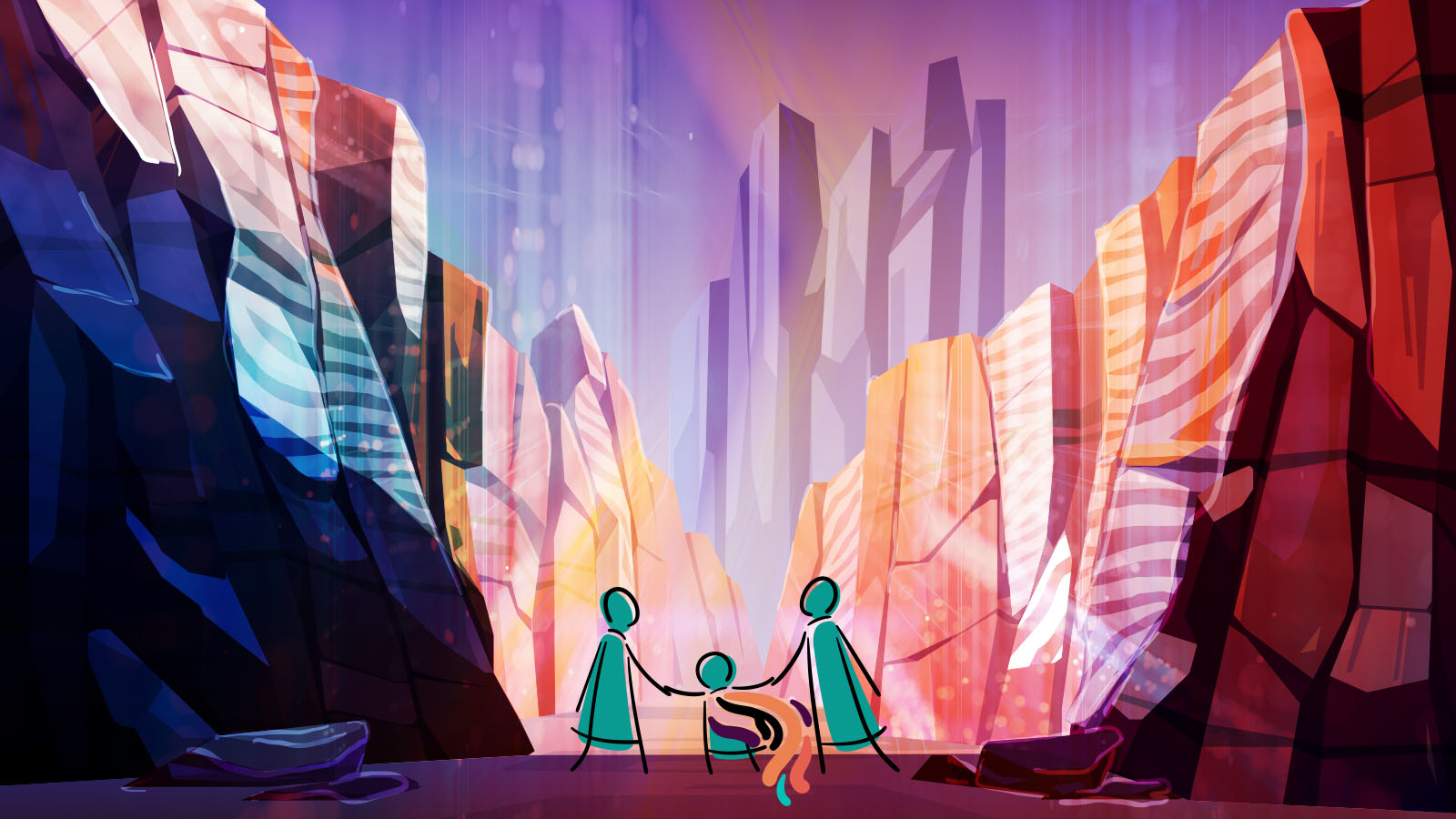
Beginning the rare disease odyssey: taking the first steps
What can we do as parents, family members and friends of someone affected by a rare disease? Lutz and many rare disease families we interviewed for this article say the first thing to do is identify that a rare disease even exists.
Lutz recommends that parents “go with their guts” in terms of rare disease diagnoses in babies and toddlers. Whenever parents worry, the pediatrician’s first response is often to urge calm and patience — and this is sound advice.
“As the saying goes, ‘if you hear hoofbeats look for horses, not zebras,’” says Lisa Misko from the Wiedemann-Steiner Syndrome Foundation. WSS is a rare genetic disorder that causes developmental delay, unusual facial features, short stature and reduction in muscle tone. “Most doctors assumed our child was a horse, making us think we were crazy and over-cautious.”
Raising a child can be very stressful. Often, small issues, such as a slightly-missed milestone or minor mental or physical troubles, can be blown out of proportion. However, all parents have a gut instinct that they should not ignore. Misko says she soon realized that Ryker was a “zebra” and began searching for answers. “That’s when we moved on to a gastrointestinal specialist that would guide us on our fight — our journey to find answers,” Misko says. If milestone after milestone slip by, or something seems “wrong,” it makes sense to try basic fixes such as modifying diet, trying some light physical therapy, or asking around your friend or family group to see if these issues seem normal.
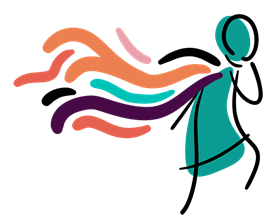
Suppose you can’t shake the feeling of “wrongness,” and the pediatrician still insists on waiting. In that case, it’s OK to insist on a second opinion or a visit to a specialist or support services (like physical or behavioral therapy). Lutz says it’s essential to get to the first round of interventions as soon as possible, especially with a young child. Even minor support therapy can have beneficial effects whether or not the issue ends up being a major problem.
“With Rett Syndrome, generally, a pediatrician will make a referral to pediatric neurology when the child isn’t progressing as expected,” says Monica Coenraads of the Rett Syndrome Research Trust. Rett Syndrome is a rare genetic neurological and developmental disorder that affects the way the brain develops, causing a progressive loss of motor skills and speech. “This typically happens when the child is 12 to 18 months old.”
It may even be several specialists, as Michael Raymond and Katia Luedtke, founders of the Snyder-Robinson Foundation say. Snyder-Robinson syndrome is a condition characterized by intellectual disability, muscle and bone abnormalities, and other problems with development.
“In our case, our son’s pediatrician advised us to visit specialists based on each symptom that occurred: First, an occupational therapist for contractures; next, a physical therapist for torticollis; then a plastic surgeon for plagiocephaly; and ultimately, a neurologist for global developmental delays.”
After these interventions have been in place for some time, it’s time to re-evaluate. Does the physical therapy seem to be helping? Does the specialist seem to be zeroing in on a root cause of some of the issues? Do the doctors have any additional suggestions for you moving forward? Lutz says that if the answer is no, keep pushing. If the treatments could be considered routine and they have no effect, it’s time to elevate.
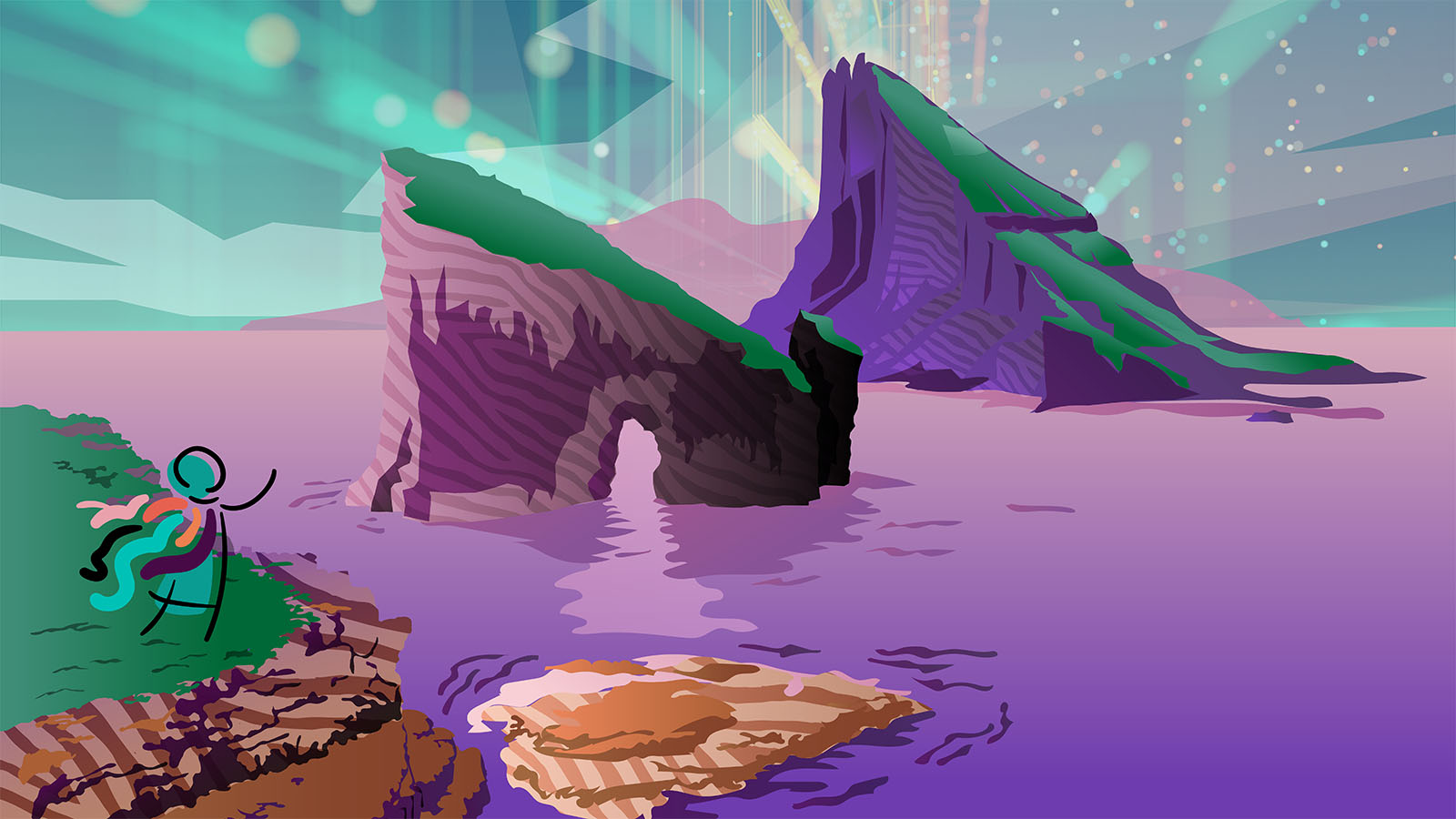
Searching for the reason
If the therapy and a cadre of experts haven’t yielded results, it may be time to get more serious and push hard for someone to figure out the root cause of the issue. A lack of results does not indicate a “low quality” care of medical practices, but rather it speaks to rare diseases’ uniqueness. “Because of the rarity of these conditions, even specialists may not have significant experience with the condition,” says Brendan Lee, M.D., Ph.D., professor and chairman of the Department of Molecular and Human Genetics at Baylor College of Medicine. “It requires the integration of research into clinical workup to often make a rare disease diagnosis, and this is not something most medical practices are equipped to do.”
One course of action may be to reach out to research-based organizations for help and advice, and Lutz says exome sequencing is a crucial step toward tracking down a diagnosis. “Ask your doctors: exome sequencing, exome sequencing. If they don’t know about it, now may be a time to find a doctor familiar with the process that can help you out,” she says. Exome sequencing is the process of examining the entire genome, searching for any abnormalities in the patient’s genetic makeup that could cause health issues. Generally non-invasive, this is a specialized test that does require an expert familiar with genetics to read, extrapolate and deliver a report.
Once the exome sequencing report is complete, parents should know which gene may be causing the child’s difficulties. A qualified specialist can use that information to connect a labeled diagnosis. This step can take some time, as not all doctors and specialists are familiar with every genetic disorder.
Lutz explains that sometimes the report may indicate that a child has a mutated gene, but it may turn out to be more common than expected. As genetic sequencing is relatively new, there are still holes in the data to understand why specific genes mutate or which gene mutations are fairly common.
Suppose a diagnosis is proving hard to obtain, even with the name of the mutated gene in hand. In that case, you may want to check out some of the sites listed on the final page of this article, begin with an internet search or start reaching out through social media to see if anyone else has had similar experiences.
Balancing privacy with information and advice
At this point of the rare disease odyssey, parents face an impossible question: “What am I willing to sacrifice for a diagnosis that may never lead to effective treatment?”
Some parents may decide that the path forward is at-home care, and more physical and occupational therapy. These steps may not treat the condition, but they may well keep it from progressing, and there are an untold number of people living with rare diseases and just trying to make it work the best they can.
Other families will decide to press on, which often means giving up some privacy and pushing the story into the public eye on the quest for information, community and eventually funds for new treatments. No matter what parents decide, it will be the correct answer for them.
“Everyone is grateful for the people who can do the work to create foundations and groups,” Lutz says. “But what about all the people who can’t? These aren’t the faces of ‘heroes’ and foundational spokespeople: They are the faces of our neighbors, those just trying to get by.”
According to Coenraads, self-care and patience are vital. She recommends that parents take things “one step at a time” and not try to have therapies, equipment and other necessities set up at once. “Don’t think about five or 10 years from now,” she says. “Just take things one day at a time and have hope that science holds the answers for therapeutics for our children.”
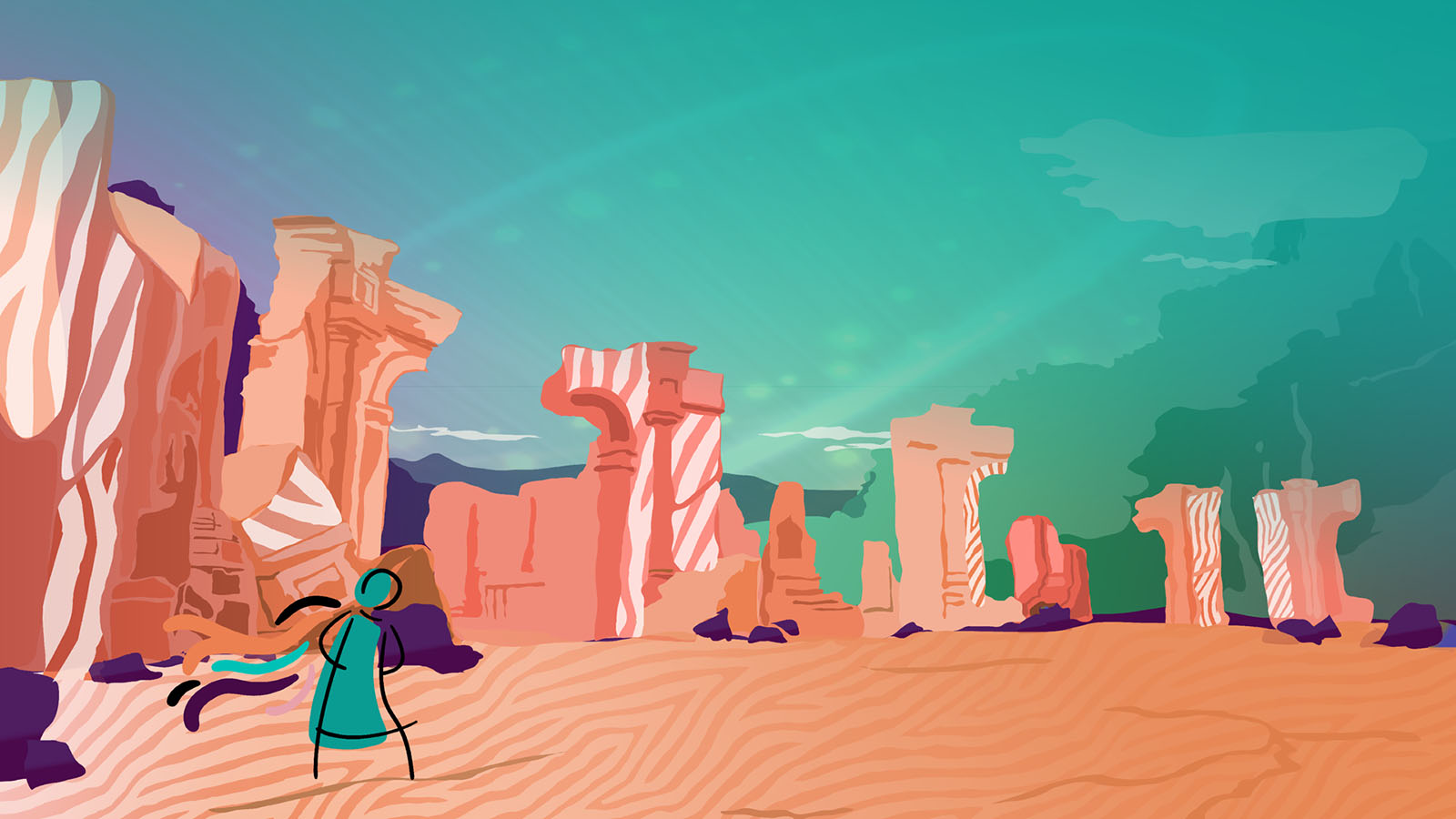
"Here's your diagnosis. Good luck."
A diagnosis may finally come from a doctor well-versed in genetics, or a specialist, or from an online support group that you used to lead your family doctor to a conclusion. Knowing the diagnosis is often both exciting and terrifying. “People may present their genetic information to a specialist, and then the specialist will basically say, ‘here is the diagnosis, good luck,’” says Lutz.
Many parents often struggle to accept the diagnosis. “You are happy to have answers, but you also have to mourn the loss of the way you thought your child’s life would be,” says Misko. “In a way, you have to go through the grieving process. When you get to the final step — acceptance — it is incredible, and you begin to realize you wouldn’t want to have your child any other way.”
With this resilience, the work now shifts toward identifying treatment options. Even with a diagnosis in hand, the challenge here is finding a course of study or existing treatment options. “Our geneticist said, ‘your child has Wiedemann-Steiner Syndrome. I think there is a Facebook group. Maybe they can help?” Misko says. “From then, we saw every doctor and specialist armed with all the research that we have found, all on our own, in hopes that they will then work hard enough to help Ryker not just survive but thrive.”
“Contacting researchers and specialists who study your specific rare disease is always a good idea,” Lee says. But he cautions, “rare disease specialists are themselves often learning about your specific rare disease. While they may have the most experience with the disease, they may still not have definitive answers to your questions.”
This issue’s complexity depends on many variables, including how much research has been done in that rare disease area. Other factors at play include the local medical system’s knowledge base and how much time and money the family has to “shop around” for medical knowledge. Parents also face another funding challenge: While the cost of hunting for a diagnostic can be expensive, depending on personal wealth and insurance coverage, pushing for treatment requires resources that are almost unimaginable for most. Developing new therapies and disease models for rare diseases can cost hundreds of thousands of dollars. Existing treatments and therapies for rare diseases aren’t much cheaper: Long-term care or treatment can quickly soar into six figures as well.
At this point, willpower faces off against a more extensive health system that was not built to support personalized treatments for rare diseases. “There is really no insurance that covers rare diseases. It’s not like you can just take out a million-dollar policy that will cover you for treatments and research development,” Lutz says.
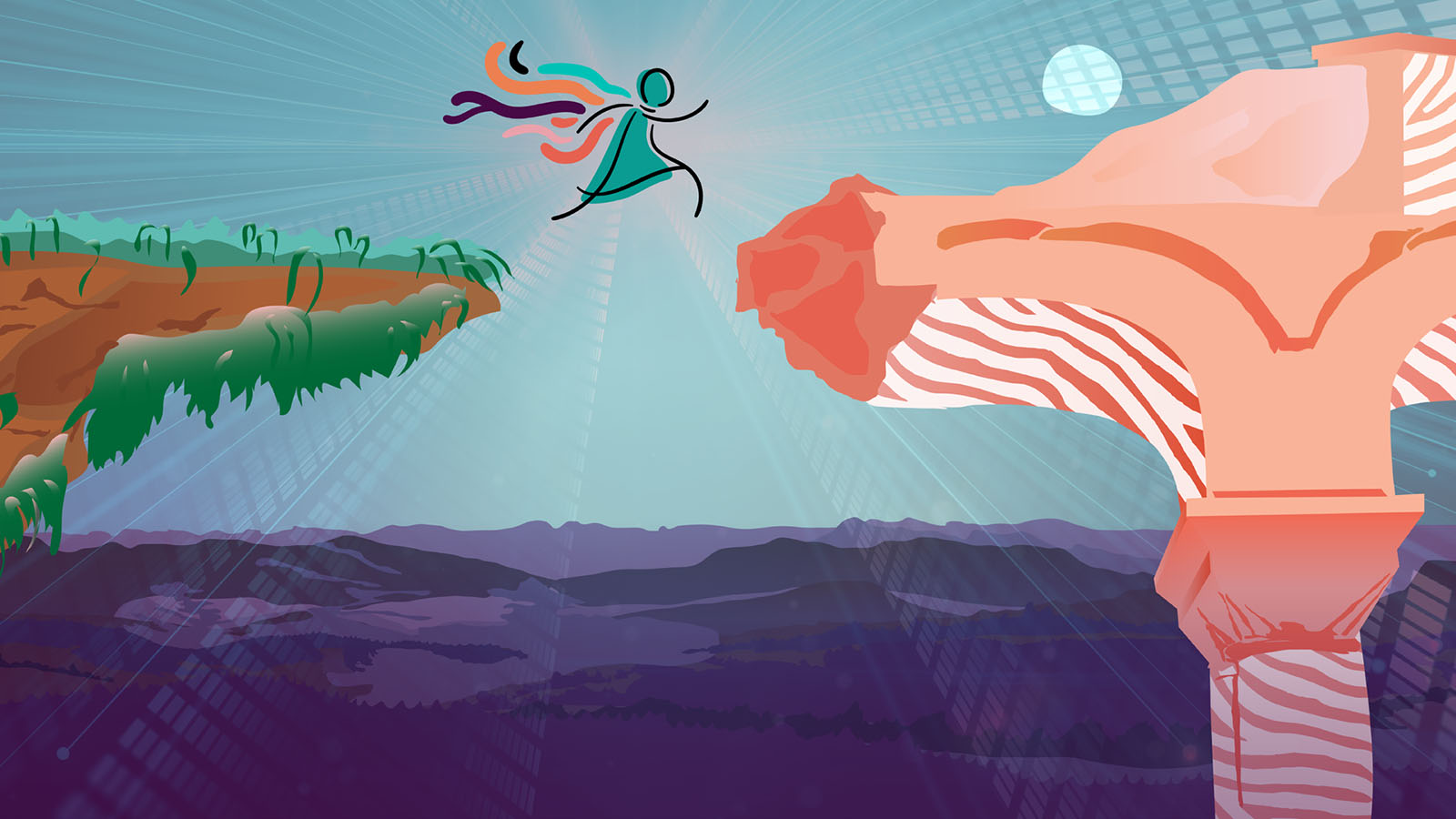
Be prepared: know your rare disease enemy
So what should parents do when they become paralyzed by these astronomical costs? Rare disease families and experts say it’s essential to become educated about the rare disease in question and reach out to support groups. “Understand the genetic mutation and figure out what even basic therapies can help,” Lutz says. “Don’t stop when people tell you there’s no treatment. Reach out to clinics, researchers and institutes beyond your local group. Look for clinical trials and get involved with these groups.”
Simply put, families should conduct research and learn all that they can while reaching out to experts that can help, and also, just because one doctor or specialist doesn’t know about one particular rare disease doesn’t mean that nothing is known. By definition, rare diseases are very low occurring, and there’s a strong chance that the local medical community may literally have never seen or heard of the condition before. This fact is not a criticism against any medical professionals. Still, it serves more as a testament to the advances in genetic sciences and how many rare diseases have been “discovered” and characterized in the past ten years.
“’Rare disease’ is now an increasingly recognized term or group of diseases,” Lee says. “This increased appreciation has spread among both patients and physicians and invariably will lead to more informed and cooperative journeys that lead to a diagnosis.”
Being educated and up to the current studies about your rare disease will increase your ability to discuss treatment options and connect with others who can help, deepening this cooperative journey you are undertaking with fellow patients, doctors, specialists and more. There are many ways to brush up on this research information. Lutz suggests thinking “outside the box,” reaching out to the National Center for Advancing Translational Sciences’ Genetic and Rare Diseases Information Center or The National Organization for Rare Disease, or reaching out to genetic facilities like JAX and other research groups as well as speaking to rare disease community groups and doctors.
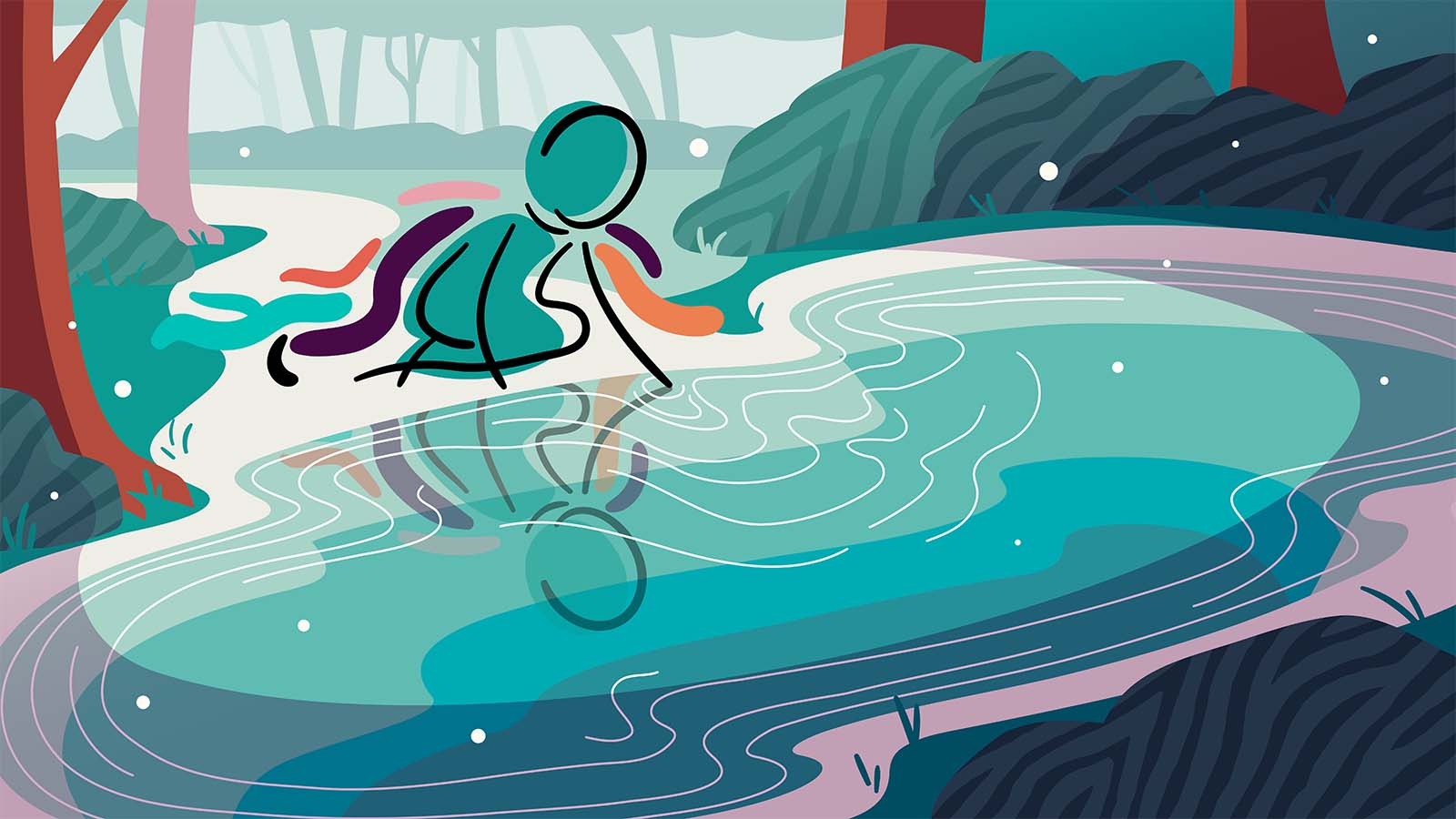
Strength in numbers: communities battling rare diseases together
Chris Brannigan is the co-founder of Hope for Hasti, a UK-based charity created to support his daughter Hasti, who is battling Cornelia de Lange syndrome. CdLS is a genetic condition present from birth that presents a range of physical, cognitive and medical challenges ranging from mild to severe. “The worry and uncertainty can be crippling,” Brannigan says. “There isn’t a day where I don’t worry about what the future has in store for Hasti. And it’s not just her health. I worry about her education, I worry about her having friends and I worry about who will care for her when I’m too old to do it myself.”
There are foundations and groups out there that directly deal with rare diseases, and there are resources to help parents set up a foundation of their own. Rare disease families and experts report that usually when someone affected by a rare disease opens up about it and goes searching on social media, with the launch of a new foundational website, etc., the responses are typically surprising. Support often comes from neighbors, friends, members of the rare disease community and even strangers who have been touched by your story.
“We’ve been fortunate to have received so much kindness, and our two other children have learned how important it is to care for and support those who are less able,” Brannigan says. “We’ve learned that when you really need help, good people will come to your aid. You might feel like you’re doing this alone, but you’re not alone. There are so many other families who are on the same odyssey. When you’re feeling low, just reach out; we should support one another.”
“I have met extraordinary people that I would never have otherwise met,” Coenraads says. “Scientists, clinicians, other Rett parents, philanthropists. I have been able to face each day because I have hope and optimism that the great research that is ongoing for Rett will, at some point, make Rett a disorder of the past.”
Many more rare disease families chimed in with similar sentiments and encouragement. Raymond and Luedtke shared similar sentiments and suggest that parents read David Fajgenbaum’s book, Chasing My Cure, as soon as they can. “It is required reading; you won’t be able to put it down,” they said. “He tells you just about everything that you need to know.”
Raymond and Luedtke say that it’s important for parents to know that they are powerful and can be part of the solution. “I do not mean that in some abstract, touchy-feely sort of way,” Raymond says. “I mean that you can actually be part of the solution, and you are an essential part as well. There are many ways that you can move the needle, as only patient families can.”
This feeling of community crosses over rare individual diseases and encompasses the rare disease community as a whole. Anyone who knows the pain and heartache of the rare disease odyssey and caring for someone affected by illness will be there to support someone else going through the same thing: even if the disease affects a different gene or has different effects and treatments.
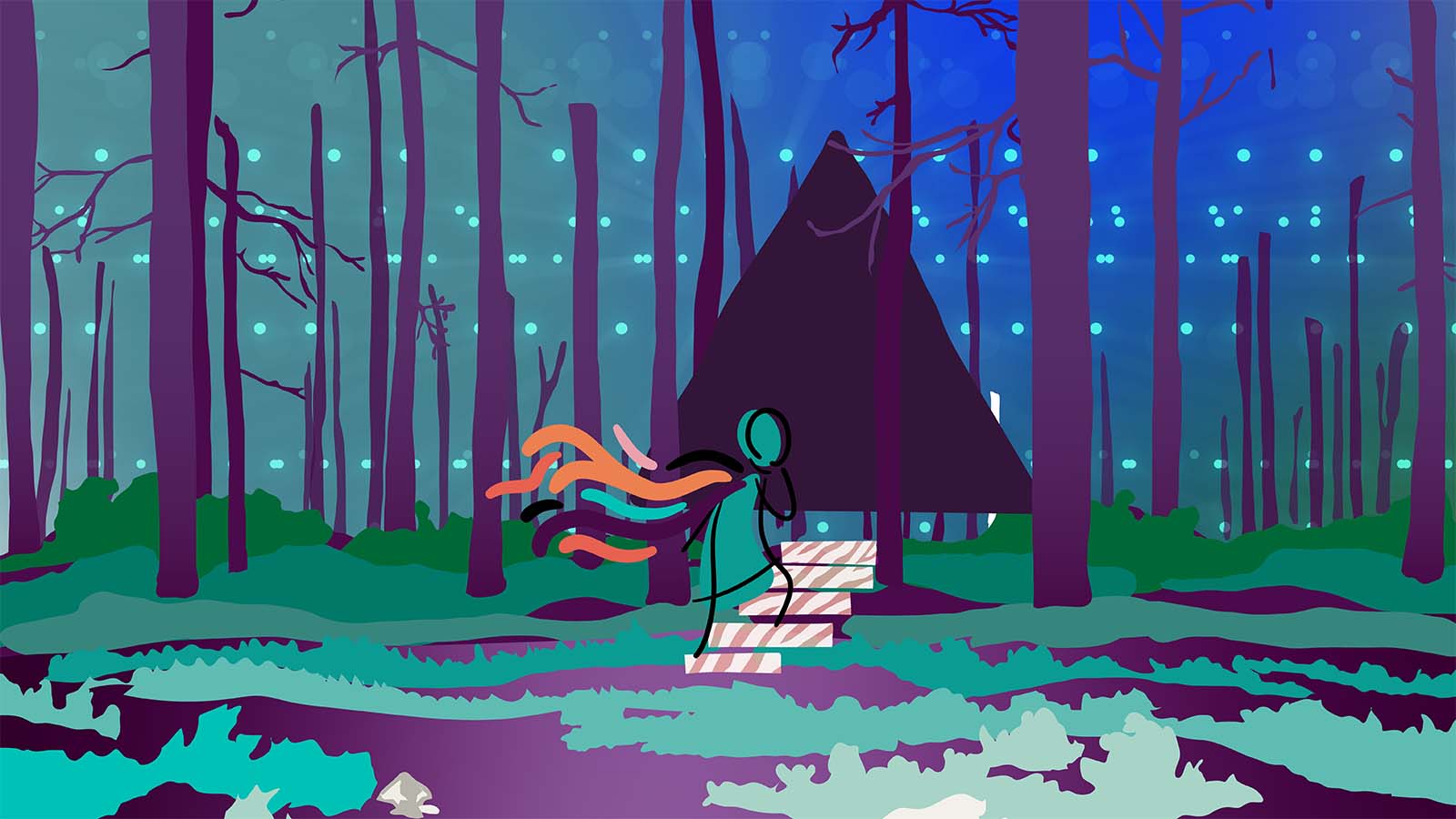
Roadmap toward a cure
Everyone’s rare disease odyssey will have highs and lows that are unique from other people’s journeys. The nuances will vary, but experts and rare disease families have offered advice and support in broad strokes:
-
Start services early. If a child isn’t reaching milestones or has begun to regress in some way, seek help and start basic services, such as dietary restrictions, physical therapy or occupational therapy. These services are relatively low-impact and can often help someone out regardless of a pending rare disease diagnosis.
-
Push for a diagnosis as soon as possible. While basic services are in place, it’s important to push for a diagnosis. Ask about exome sequencing, and don’t accept “no” without an explanation. Researchers such as Lutz cannot recommend exome sequencing enough for concerned families. Many doctors will not be aware of cutting-edge research in every area, so the quicker you can get to a specialist, the better.
-
Immerse yourself in knowledge. The more you know, the more you can help your loved one through the path of the odyssey. Conduct online research and reach out to experts. Send emails to doctors and specialists in the field of your rare disease. Somewhere there’s a clinician who will be eager to help. A deeper understanding of the rare disease will guide the path toward future research and potential treatments.
-
Find your community. Don’t go it alone. Community support is key, and the rare disease community is a robust one that encompasses all of these rare and orphan disorders. Find people who can lend you support (in-person, online or a combination), whether it’s a direction for treatment questions, fundraising opportunities, additional helpful resources or just a shoulder to cry on. Many of the families we interviewed expressed joy and relief at the helpfulness of close friends and relatives once the diagnosis came to light.
In terms of treatments, Lutz is quick to point out that we are at a point where doctors are diagnosing more rare diseases than ever, which is difficult news to hear but also beneficial. It’s difficult because the medical community at large has not had enough time to react and develop treatments for the hundreds of rare diseases that are newly diagnosable. It is beneficial because it’s only a matter of time until treatments become available, especially with how rapidly medical science is developing.
"There’s more hope now than there was before,” says Lutz, “Families are connected better than ever, and more and more research is being done. That being said, it can’t come fast enough: You have to keep moving forward. It may not make an immediate difference for an individual, but it can help the greater good."
“The rapid research-driven technologies have dramatically increased our ability to make a laboratory-based diagnosis — from 2 – 3% of cases in the 90s to now as high as 35% of cases depending on the scenario,” Lee reports. “Because of the rapid growth of technologies and expertise and because of the country’s investment in rare disease research — never give up your search. Even if the most detailed studies are uninformative now, our knowledge base and technology base are growing so fast that we may be able to come to a diagnosis in one or two years.”
Lee also warns that these advances don’t come for free. “The single biggest factor in changing and shortening the rare disease odyssey has been investment into research and training by the National Institutes of Health and other funding agencies. Only via research can we advance, and we have been lucky that our government has recognized this. We need to all continue to advocate for this investment in the future.”
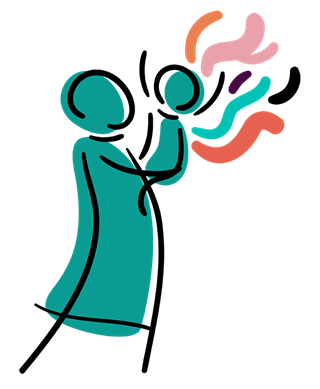
The Jackson Laboratory would like to thank the many rare disease families and experts who contributed to this article
- Chris Brannigan, co-founder of Hope for Hasti
- Monica Coenraads, Chief Executive Officer of the Rett Syndrome Research Trust
- Brendan Lee, M.D., Ph.D., Professor and Chairman of the Department of Molecular and Human Genetics at Baylor College of Medicine
- Cat Lutz, Ph.D., director of the Mouse Repository and the Rare and Orphan Disease Center at the Jackson Laboratory
- Thor Misko, Vice President, Chief Operating Officer, and Lisa Misko from the Wiedemann-Steiner Syndrome Foundation
- Michael Raymond, Founder & Executive Director, and Katia Luedtke, Founder & General Counsel, from the Snyder-Robinson Foundation
Resources featured in the Rare Disease Odyssey include:
- A collection of resources provided by JAX
- Chasing my Cure by David Fajgenbaum
- JAX Rare and Orphan Disease Center